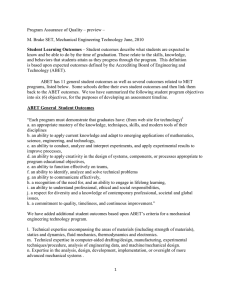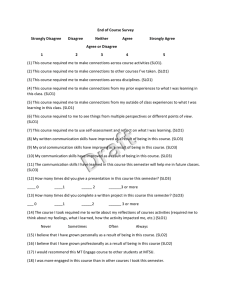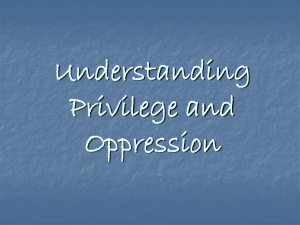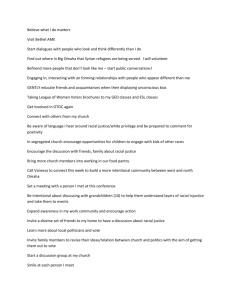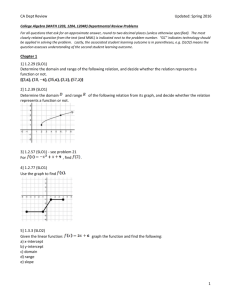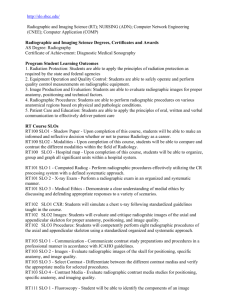attached to application - St. Cloud State University
advertisement
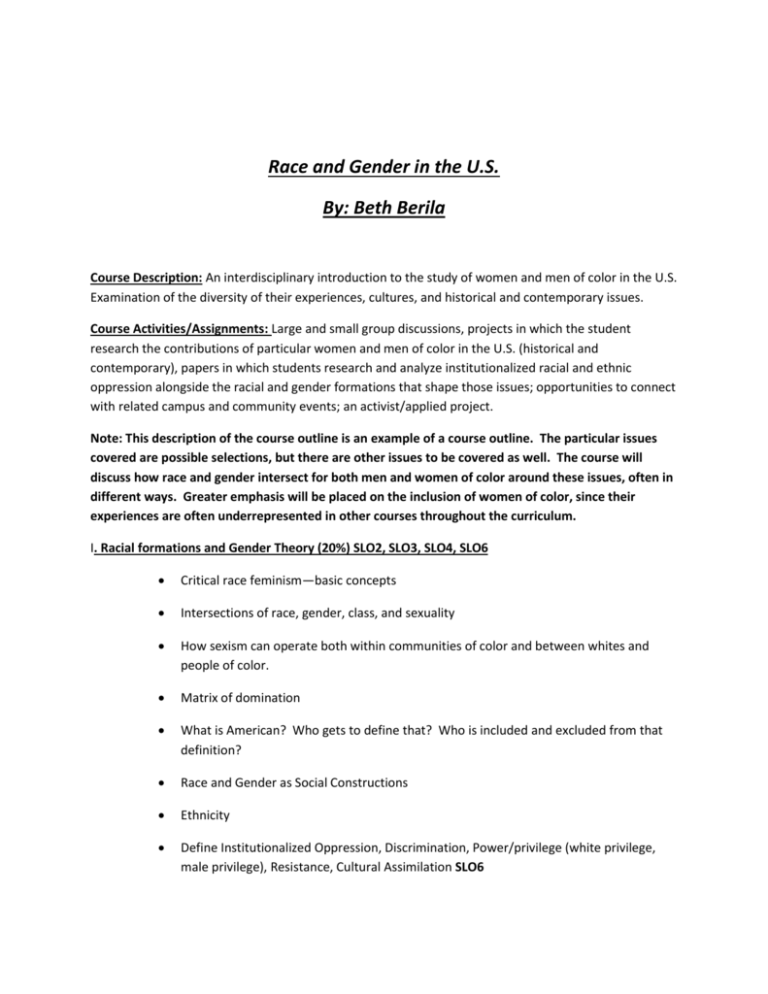
Race and Gender in the U.S. By: Beth Berila Course Description: An interdisciplinary introduction to the study of women and men of color in the U.S. Examination of the diversity of their experiences, cultures, and historical and contemporary issues. Course Activities/Assignments: Large and small group discussions, projects in which the student research the contributions of particular women and men of color in the U.S. (historical and contemporary), papers in which students research and analyze institutionalized racial and ethnic oppression alongside the racial and gender formations that shape those issues; opportunities to connect with related campus and community events; an activist/applied project. Note: This description of the course outline is an example of a course outline. The particular issues covered are possible selections, but there are other issues to be covered as well. The course will discuss how race and gender intersect for both men and women of color around these issues, often in different ways. Greater emphasis will be placed on the inclusion of women of color, since their experiences are often underrepresented in other courses throughout the curriculum. I. Racial formations and Gender Theory (20%) SLO2, SLO3, SLO4, SLO6 Critical race feminism—basic concepts Intersections of race, gender, class, and sexuality How sexism can operate both within communities of color and between whites and people of color. Matrix of domination What is American? Who gets to define that? Who is included and excluded from that definition? Race and Gender as Social Constructions Ethnicity Define Institutionalized Oppression, Discrimination, Power/privilege (white privilege, male privilege), Resistance, Cultural Assimilation SLO6 Biracial, Multiracial Identities Transnational, Diasporic identities, Immigrants in the U.S. II. Stereotypes and Particular Images of Women and Men of Color: (5%) SLO1. SLO3, SLO4, SLO6 Mammies, Matriarchs, Welfare Queens, Exotification, Mother Earth, Hyperspiritual, Orientalism, Baby Mama and baby Daddy (Motherhood and fatherhood stereotypes), Model Minority, Hypersexual men of color, gangster stereotypes, etc. Immigrants (the majority of them women) in the service arena III. Historical and Contemporary Institutionalized Oppression toward Women and Men of Color (60%) SLO1, SLO 3, SLO4, SLO6 Selected Issues (Not the only ones that could be covered, nor specifically in this order): Japanese American Internment Camps Slavery Violence against women on Native Nations (tensions between tribal laws and federal law enforcement) Changes in traditional Native community and gender roles because of imposed patriarchy Racial Profiling of men of color Economic Inequality, discrimination in the workplace Welfare policies (including those that exclude immigrant men and women) Communities of color and the health care industry Forced Sterilization and reproductive issues state control over the bodies and rights of communities of color, Access to resources and health care for both men and women of color Immigration policies and laws Public Policies: Citizenship and naturalization laws Anti-miscegenation laws Immigration and Migration Hate Crimes and Communities of Color Immigrant men and women and the issues they face (labor, naturalization policies, discrimination, etc.) Environmental Justice (i.e. Access to land and resources, Tribal rights, Women of Color on the front lines fighting environmental racism. VII. Resistance and Contributions of Women of Color (15%) SLO4, SLO5, SLO3, SLO6 Issues of voice, speaking for oneself Tensions and contributions with Civil Rights, Women’s Rights, Gay and Lesbian Movements; why feminists of color often insist on intersections of oppression rather then compartimentalizing their experiences (i.e.: focusing exclusively on gender in one movement, race in another movement, when women of color experience them simultaneously). Key contributions by Feminists of color (Research Project/Presentation by students on prominent women of color activists) Creative, Social, and Political Contributions of Feminist of Color Activists Feminist Critical Race Theory: How to Work Toward Social Change
